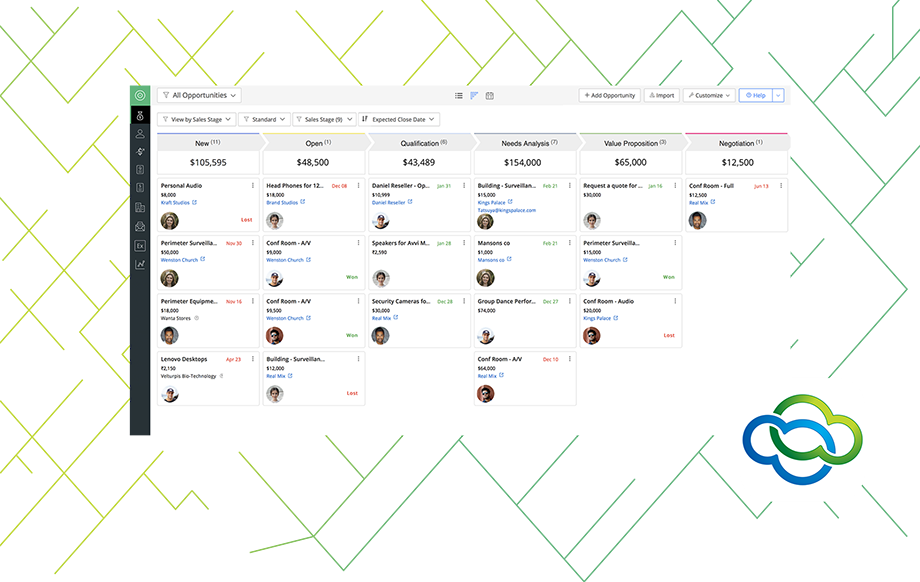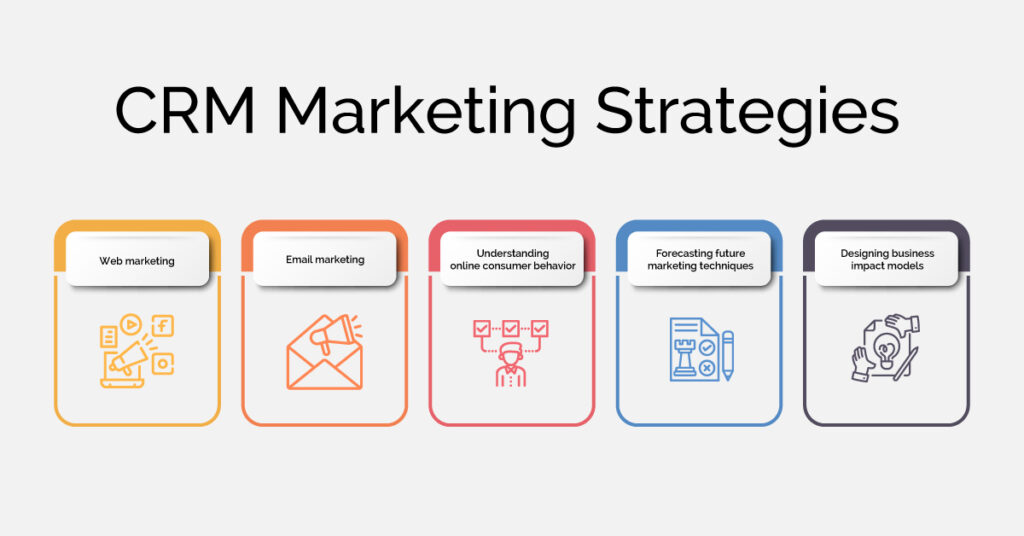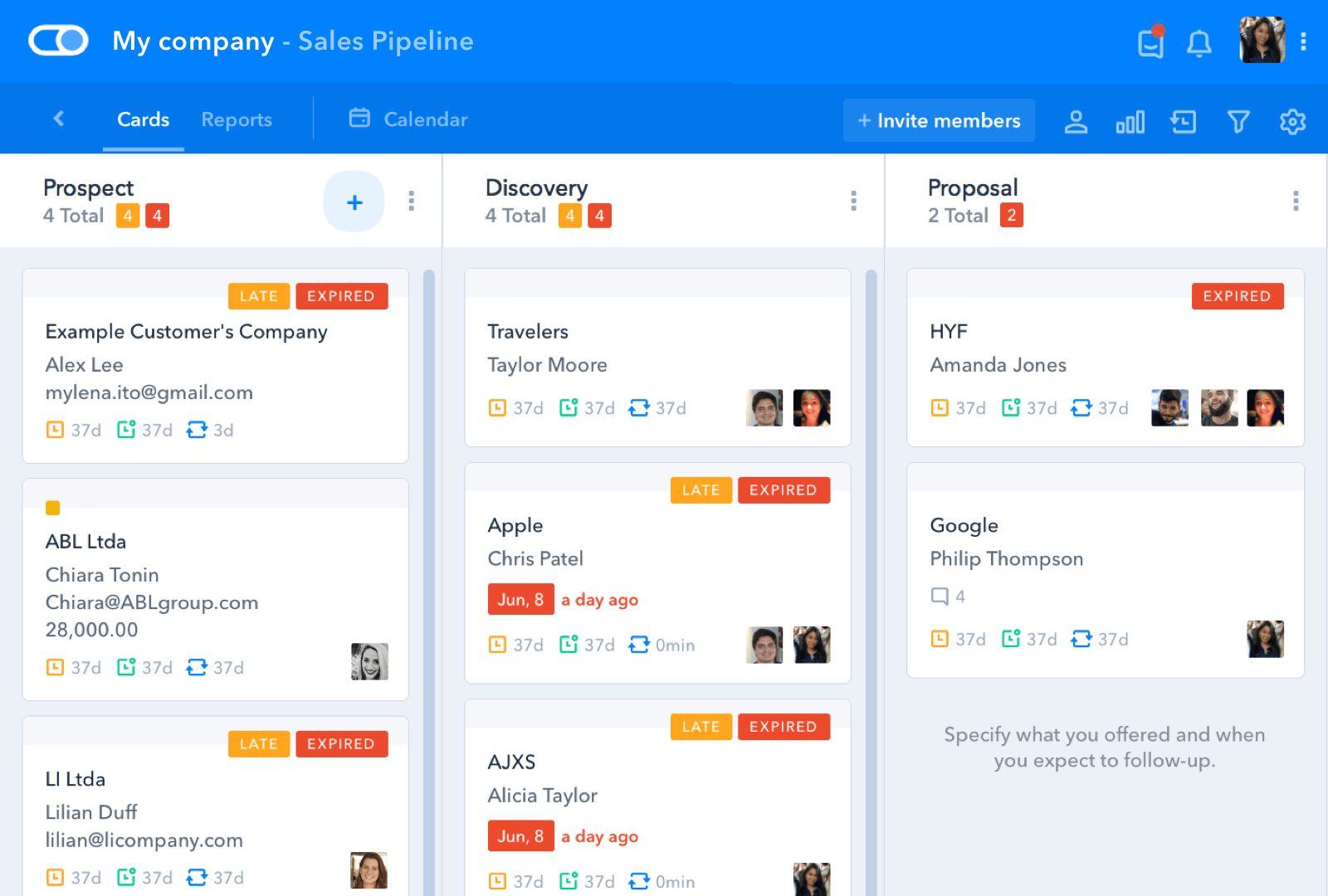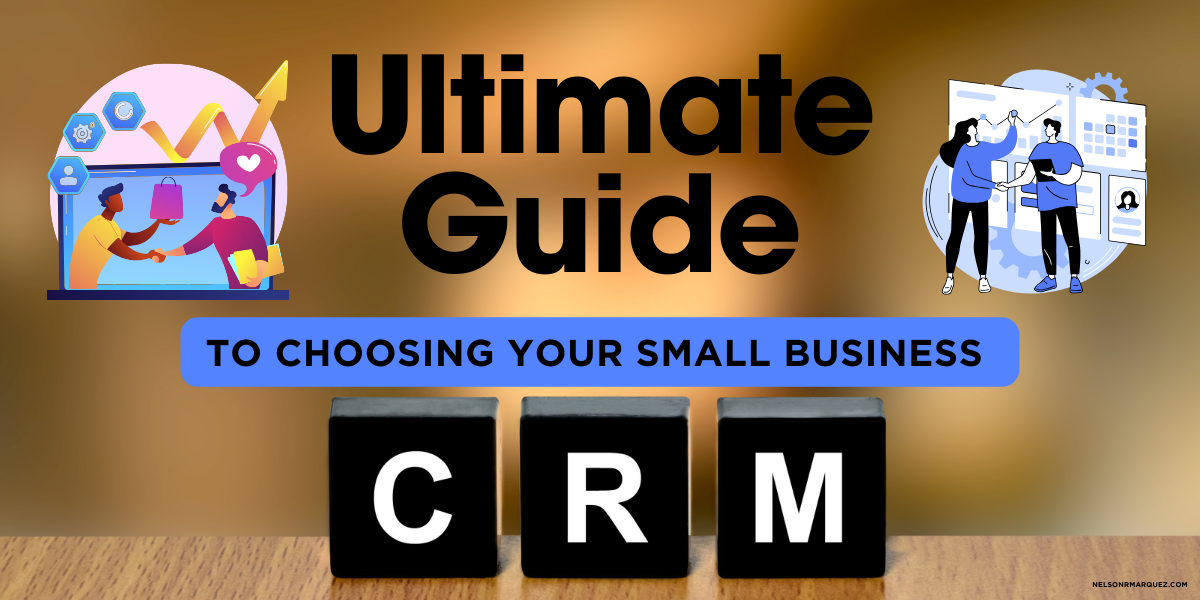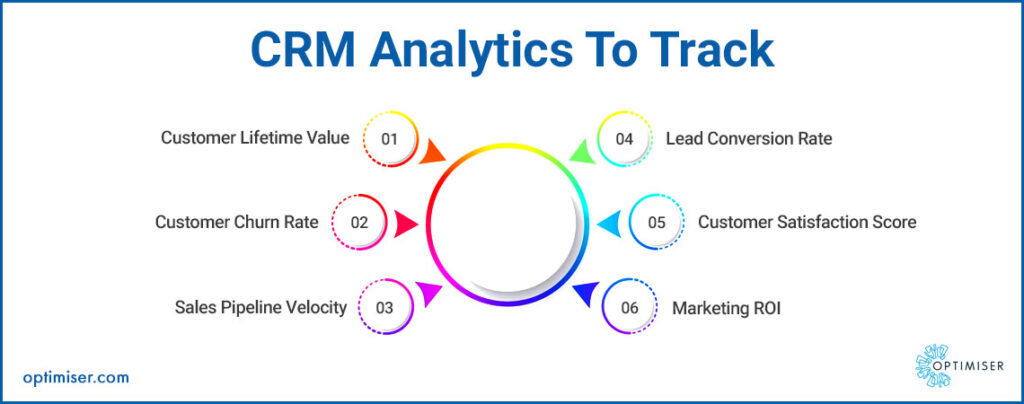
CRM Marketing Metrics: Your Ultimate Guide to Measuring Success and Driving Growth
In today’s hyper-competitive business landscape, understanding and leveraging the right data is no longer a luxury—it’s a necessity. For marketing teams, this means diving deep into the world of CRM marketing metrics. These metrics act as your compass, guiding you through the complex terrain of customer relationships, marketing campaigns, and overall business performance. Without them, you’re essentially flying blind, hoping for the best but unable to truly measure your impact or identify areas for improvement.
This comprehensive guide will delve into the critical CRM marketing metrics you need to track, analyze, and understand. We’ll explore why these metrics matter, how to calculate them, and, most importantly, how to use them to make data-driven decisions that drive growth. Whether you’re a seasoned marketing professional or just starting to explore the power of CRM, this guide will provide you with the knowledge and tools you need to optimize your marketing efforts and achieve your business goals.
Why CRM Marketing Metrics Are Crucial
Before we dive into the specific metrics, let’s establish the fundamental importance of tracking them. CRM marketing metrics are the lifeblood of any successful marketing strategy. They provide invaluable insights into:
- Customer Behavior: Understanding how customers interact with your brand, products, and services.
- Campaign Performance: Measuring the effectiveness of your marketing campaigns, from email blasts to social media promotions.
- Sales Cycle Efficiency: Analyzing the speed and effectiveness of your sales process.
- Customer Lifetime Value (CLTV): Predicting the total revenue a customer will generate over their relationship with your company.
- Return on Investment (ROI): Determining the profitability of your marketing investments.
By monitoring these metrics, you can:
- Identify What’s Working: Pinpoint the strategies and campaigns that are generating the best results.
- Optimize Your Efforts: Refine your marketing tactics based on data, not guesswork.
- Improve Customer Experience: Personalize your interactions and provide more relevant content.
- Increase Revenue and Profitability: Drive sales, reduce costs, and maximize your return on investment.
- Make Data-Driven Decisions: Base your strategies on facts, not assumptions.
Key CRM Marketing Metrics to Track
Now, let’s explore the specific metrics that will help you measure and improve your CRM marketing performance. We’ll break them down into key categories for easier understanding.
1. Customer Acquisition Metrics
These metrics focus on the process of acquiring new customers. They help you understand the cost and efficiency of your acquisition efforts.
- Customer Acquisition Cost (CAC): This is the total cost of acquiring a new customer. It includes marketing expenses, sales salaries, and any other costs associated with attracting a customer.
- Formula: (Total Marketing & Sales Costs) / (Number of New Customers Acquired)
- Why it matters: Helps you understand the efficiency of your acquisition efforts. A high CAC can indicate that your marketing campaigns are not effective, or that you’re targeting the wrong audience.
- Conversion Rate: The percentage of leads who convert into paying customers.
- Formula: (Number of Conversions) / (Total Number of Leads) * 100
- Why it matters: Measures the effectiveness of your sales funnel. A low conversion rate indicates that there may be issues with your lead nurturing process, sales process, or product/service offering.
- Lead Generation Rate: The rate at which you generate new leads.
- Formula: (Number of Leads Generated) / (Time Period)
- Why it matters: Tracks the effectiveness of your lead generation activities. A high lead generation rate indicates that your marketing efforts are attracting potential customers.
2. Customer Engagement Metrics
These metrics measure how customers interact with your brand and your marketing efforts.
- Website Traffic: The number of visitors to your website.
- Why it matters: Indicates the overall interest in your brand and products.
- Email Open Rate: The percentage of emails that are opened by recipients.
- Formula: (Number of Emails Opened) / (Number of Emails Sent) * 100
- Why it matters: Measures the effectiveness of your email subject lines and content.
- Click-Through Rate (CTR): The percentage of recipients who click on a link in your email or on your website.
- Formula: (Number of Clicks) / (Number of Impressions) * 100
- Why it matters: Measures the engagement with your email content and website calls to action.
- Social Media Engagement: Likes, shares, comments, and other interactions on your social media platforms.
- Why it matters: Indicates the level of interest and interaction with your brand on social media.
- Customer Churn Rate: The percentage of customers who stop doing business with you during a given period.
- Formula: (Number of Customers Lost) / (Total Number of Customers at the Beginning of the Period) * 100
- Why it matters: Measures customer retention and satisfaction. A high churn rate indicates that customers are not happy with your product or service.
3. Sales Performance Metrics
These metrics track the performance of your sales team and the effectiveness of your sales process.
- Sales Revenue: The total amount of revenue generated from sales.
- Why it matters: The ultimate measure of your sales success.
- Sales Conversion Rate: The percentage of leads that convert into sales.
- Formula: (Number of Sales) / (Number of Leads) * 100
- Why it matters: Measures the effectiveness of your sales process.
- Average Deal Size: The average value of a sale.
- Formula: (Total Sales Revenue) / (Number of Sales)
- Why it matters: Helps you understand the value of your sales and identify opportunities to increase it.
- Sales Cycle Length: The average time it takes to close a sale.
- Why it matters: Helps you identify bottlenecks in your sales process and improve efficiency.
- Customer Lifetime Value (CLTV): The predicted revenue a customer will generate over their relationship with your company.
- Formula: (Average Purchase Value) * (Average Purchase Frequency) * (Average Customer Lifespan)
- Why it matters: Helps you understand the long-term value of your customers and make informed decisions about customer acquisition and retention.
4. Customer Satisfaction Metrics
These metrics gauge how satisfied your customers are with your products, services, and overall experience.
- Net Promoter Score (NPS): Measures customer loyalty and willingness to recommend your company.
- Formula: (% of Promoters) – (% of Detractors)
- Why it matters: A high NPS indicates that your customers are happy and likely to recommend your brand.
- Customer Satisfaction Score (CSAT): Measures customer satisfaction with a specific interaction or experience.
- Formula: (Sum of all Satisfaction Scores) / (Number of Responses)
- Why it matters: Provides immediate feedback on customer satisfaction with specific products, services, or interactions.
- Customer Effort Score (CES): Measures the effort a customer has to exert to get their issue resolved.
- Formula: Typically measured with a survey question like “How easy was it to get your issue resolved?”
- Why it matters: A low CES indicates that your customers have a positive experience and are likely to remain loyal.
- Customer Retention Rate: The percentage of customers you retain over a given period.
- Formula: ((Number of Customers at End of Period – Number of New Customers Acquired) / Number of Customers at Start of Period) * 100
- Why it matters: Indicates the effectiveness of your customer service and overall customer experience.
How to Track and Analyze CRM Marketing Metrics
Tracking and analyzing CRM marketing metrics is an ongoing process. Here’s a step-by-step guide to help you get started:
- Choose the Right CRM Software: Select a CRM system that aligns with your business needs and provides robust reporting capabilities. Popular options include Salesforce, HubSpot, Zoho CRM, and Microsoft Dynamics 365.
- Define Your Goals: Before you start tracking, clearly define your marketing goals. What do you want to achieve? (e.g., increase sales, improve customer retention, generate more leads).
- Identify Key Metrics: Based on your goals, determine which metrics are most important to track.
- Set Up Your CRM: Configure your CRM to track the relevant data. This may involve customizing fields, creating reports, and integrating with other marketing tools.
- Collect Data: Ensure that your CRM is collecting accurate and complete data. This may involve training your team on data entry best practices.
- Analyze the Data: Regularly review your CRM data to identify trends, patterns, and insights. Use charts, graphs, and dashboards to visualize your data.
- Make Data-Driven Decisions: Use your insights to make informed decisions about your marketing strategy. Optimize your campaigns, personalize your customer interactions, and improve your overall performance.
- Monitor and Refine: Continuously monitor your metrics and refine your strategies based on your findings. CRM marketing is an iterative process, so you should always be looking for ways to improve.
Tools for Tracking CRM Marketing Metrics
Several tools can help you track and analyze your CRM marketing metrics. Here are a few popular options:
- CRM Software: Most CRM systems, like Salesforce, HubSpot, and Zoho CRM, have built-in reporting and analytics features.
- Google Analytics: A powerful web analytics tool that can track website traffic, conversions, and user behavior.
- Marketing Automation Platforms: Platforms like Marketo, Pardot, and ActiveCampaign offer advanced analytics and reporting capabilities.
- Data Visualization Tools: Tools like Tableau and Power BI can help you visualize your data and create custom dashboards.
- Spreadsheets: For basic tracking, spreadsheets like Google Sheets or Microsoft Excel can be used to track and analyze your metrics.
Best Practices for Using CRM Marketing Metrics
To get the most out of your CRM marketing metrics, keep these best practices in mind:
- Focus on the Metrics That Matter: Don’t try to track every metric under the sun. Focus on the key metrics that are most relevant to your business goals.
- Set Realistic Goals: Set SMART (Specific, Measurable, Achievable, Relevant, Time-bound) goals for your marketing efforts.
- Track Metrics Regularly: Monitor your metrics on a regular basis to identify trends and make timely adjustments.
- Analyze Data in Context: Don’t look at metrics in isolation. Analyze them in the context of your overall marketing strategy and business goals.
- Segment Your Data: Segment your data by customer demographics, behavior, and other relevant factors to gain deeper insights.
- Test and Optimize: Continuously test and optimize your marketing campaigns based on your data.
- Communicate Your Findings: Share your insights with your team and stakeholders to ensure everyone is aligned on your marketing strategy.
- Automate Where Possible: Automate the collection and analysis of your metrics to save time and effort.
- Stay Flexible: The marketing landscape is constantly evolving, so be prepared to adapt your metrics and strategies as needed.
Examples of How to Use CRM Marketing Metrics
Let’s look at some real-world examples of how you can use CRM marketing metrics to improve your marketing performance:
- Example 1: Improving Email Marketing Performance
- Scenario: Your email open rates are low, and your click-through rates are even lower.
- Metrics to Analyze: Email open rate, click-through rate, bounce rate, unsubscribe rate.
- Actions:
- A/B test different subject lines.
- Segment your email list and personalize your content.
- Review your email content to make sure it’s engaging and relevant.
- Optimize your email design for mobile devices.
- Example 2: Optimizing Website Conversion Rates
- Scenario: Your website traffic is high, but your conversion rate is low.
- Metrics to Analyze: Website traffic, conversion rate, bounce rate, time on page, pages per session.
- Actions:
- Analyze your website user experience to identify areas for improvement.
- Optimize your calls to action.
- Test different landing pages.
- Improve your website navigation.
- Example 3: Reducing Customer Churn
- Scenario: Your customer churn rate is high.
- Metrics to Analyze: Customer churn rate, customer satisfaction score, customer lifetime value.
- Actions:
- Identify the reasons for customer churn through surveys or feedback.
- Improve your customer service.
- Offer incentives to retain customers.
- Personalize your customer interactions.
The Future of CRM Marketing Metrics
The world of CRM marketing is constantly evolving, and the way we track and analyze metrics is no exception. Here are some trends to watch:
- Artificial Intelligence (AI) and Machine Learning (ML): AI and ML are being used to automate data analysis, predict customer behavior, and personalize marketing campaigns.
- Predictive Analytics: Predictive analytics is being used to forecast future customer behavior and identify potential opportunities.
- Data Privacy: With increasing concerns about data privacy, businesses are focusing on ethical data collection and usage practices.
- Cross-Channel Attribution: Marketers are using cross-channel attribution models to better understand the customer journey and attribute value to different marketing touchpoints.
- Focus on Customer Experience: The emphasis is shifting towards creating personalized and seamless customer experiences.
Conclusion: Harnessing the Power of CRM Marketing Metrics
CRM marketing metrics are not just numbers; they are the key to unlocking the full potential of your marketing efforts. By tracking, analyzing, and acting on these metrics, you can gain a deep understanding of your customers, optimize your campaigns, and drive sustainable growth. Embrace the power of data, and you’ll be well on your way to achieving your marketing goals and building lasting customer relationships.
Remember, the journey of mastering CRM marketing metrics is ongoing. Continuously learn, adapt, and refine your strategies to stay ahead of the curve and maximize your success. Start today, and watch your marketing efforts transform from guesswork into a data-driven powerhouse.

